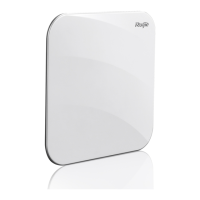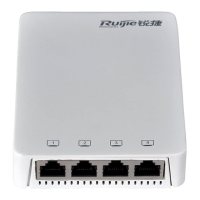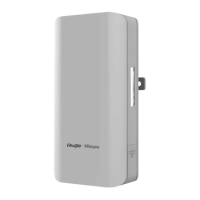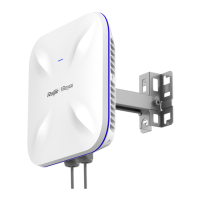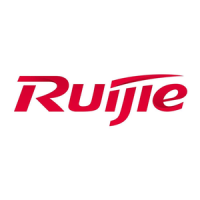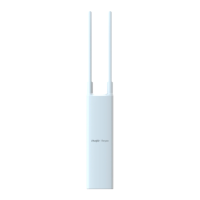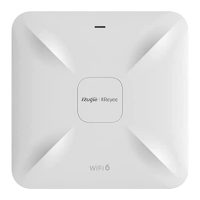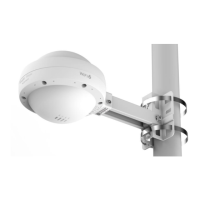Configuration Guide Configuring LLDP
Destination Address: Indicates the destination MAC address, which is the LLDP multicast address 01-80-C2-00-00-0E.
Source Address: Indicates the source MAC address, which is the port MAC address.
SNAP-encoded Ethertype: Indicates the Ethernet type of the SNMP encapsulation, which is
AA-AA-03-00-00-00-88-CC.
LLDPDU: Indicates the LLDP protocol data unit.
FCS: Indicates the frame check sequence.
TLV
TLVs encapsulated into an LLDPDU can be classified into two types:
Basic management TLVs
Organizationally specific TLVs
Basic management TLVs are a collection of basic TLVs used for network management. Organizationally specific TLVs are
defined by standard organizations and other institutions, for example, the IEEE 802.1 organization and IEEE 802.3
organization define their own TLV collections.
3. Basic management TLVs
The basic management TLV collection consists of two types of TLVs: mandatory TLVs and optional TLVs. A mandatory TLV
must be contained in an LLDPDU for advertisement and an optional TLV is contained selectively.
The following table describes basic management TLVs.
Indicates the end of an LLDPDU, occupying two bytes.
Identifies a device with a MAC address.
Identifies a port sending LLDPDUs.
Indicates the time to live (TTL) of local information on a neighbor.
When a device receives a TLV containing TTL 0, it deletes the
neighbor information.
Indicates the descriptor of the port sending LLDPDUs.
Describes the device name.
Indicates the device description, including the hardware version,
software version, and operating system information.
Describes main functions of the device, such as the bridge,
routing, and relay functions.
Indicates the management address, which contains the interface
ID and object identifier (OID).
Ruijie LLDP-compliant switches support advertisement of basic management TLVs.
4. Organizationally specific TLVs
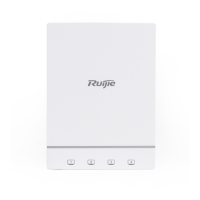
